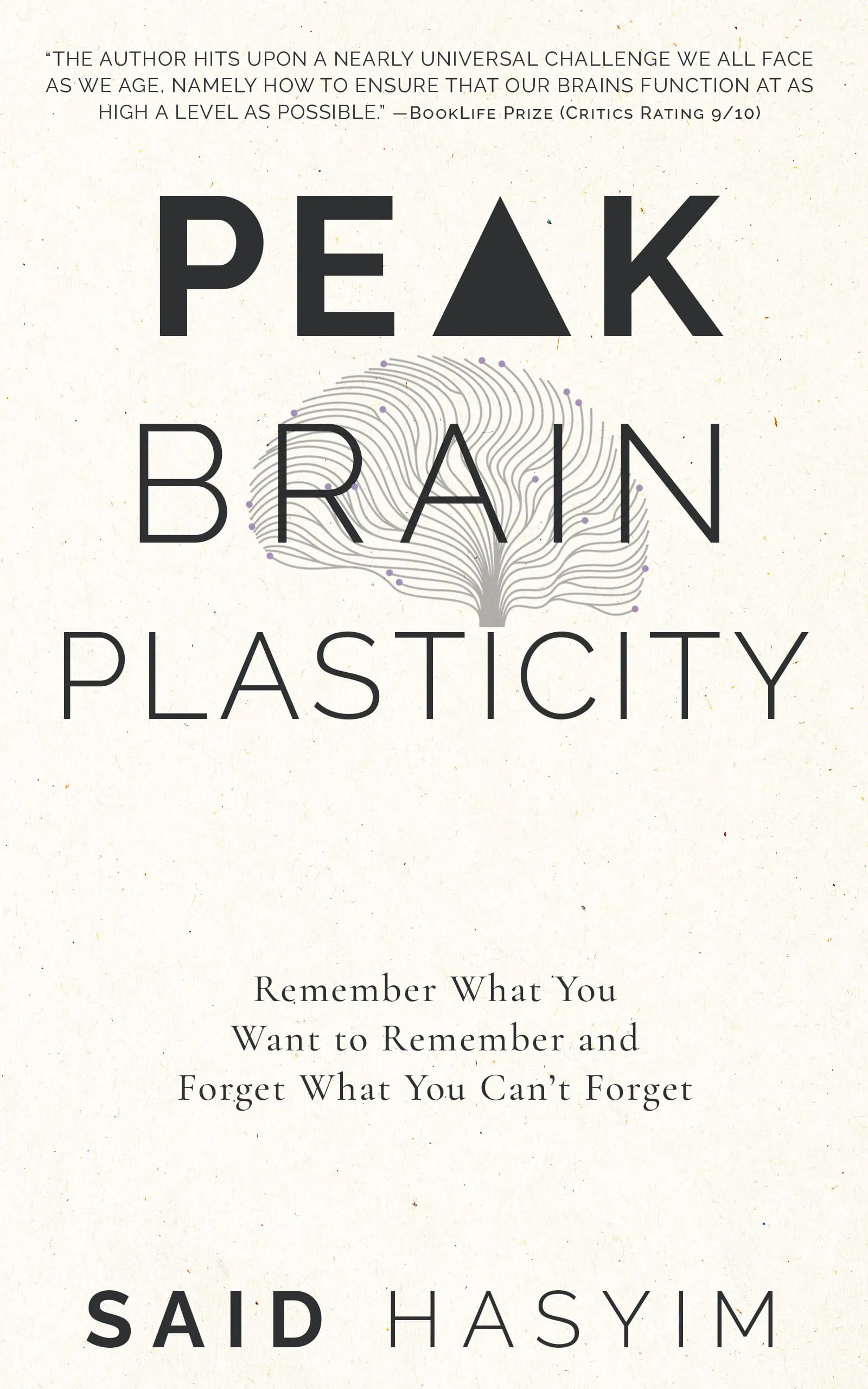Peak Brain Plasticity: The Key to Learning Better
In our ever-evolving quest for personal and intellectual growth, one of the most fascinating concepts that has emerged from neuroscience is that of brain plasticity. Often referred to as neural plasticity or neuroplasticity, this remarkable ability of the brain to reorganize itself by forming new neural connections throughout life holds the key to unlocking our full learning potential. In this blog post, we will explore the concept of peak brain plasticity, its significance in learning, and practical ways to harness it for better cognitive performance.
What is Brain Plasticity?
Brain plasticity is the brain’s ability to change and adapt in response to experiences, learning, and even injury. This flexibility allows our brains to adjust functions and reorganize pathways, making it possible for us to learn new skills, recover from trauma, and adapt to new environments.
Neuroplasticity occurs at different levels, including:
- Cellular level: Changes in the structure and function of neurons.
- System level: Widespread reorganization of brain areas and connections in response to stimuli or damage.
Research has shown that neuroplasticity is not confined to childhood. While it is indeed most pronounced during the formative years when children’s brains are acquiring language and skills, adults also possess a remarkable capacity for plasticity. With the right strategies, anyone can take advantage of this brain trait to enhance their learning capabilities.
The Science Behind Peak Brain Plasticity
During periods of high activity and learning, such as when we’re immersed in new experiences or challenges, our brains undergo structural changes. Key processes involved in peak brain plasticity include:
Synaptogenesis: The formation of new synapses or connections between neurons, which allows for better communication and information transfer.
Long-Term Potentiation (LTP): A process that strengthens the synapses based on recent patterns of activity. It is often considered a cellular mechanism that underlies learning and memory.
Hebbian Plasticity: Based on the principle “cells that fire together, wire together,” suggesting that simultaneous activation of cells leads to strengthening of the connection between them.
Myelination: The formation of a fatty sheath around nerve fibers, increasing the speed and efficiency of electrical impulses between neurons.
Understanding these processes helps us see just how active our brains can be in response to the right stimuli. During certain conditions—such as when we are highly motivated or encountering novel challenges—our brains can reach a state of peak plasticity, allowing us to assimilate information more effectively.
The Importance of Peak Brain Plasticity in Learning
Harnessing neuroplasticity can significantly enhance our learning capacity. Here are several reasons why peak brain plasticity is crucial:
Enhanced Retention: When we engage with new material in ways that stimulate our brain's plasticity, we are more likely to retain that information longer and recall it more effectively.
Improved Skill Acquisition: Whether learning a new language, mastering a musical instrument, or picking up a new sport, peak plasticity facilitates quicker learning through improved neural pathways.
Adaptation to Changes: The world around us is dynamic. Peak plasticity helps us adapt rapidly to changing environments, enhancing our ability to navigate new challenges and opportunities.
Overcoming Limitations: Individuals recovering from brain injuries often rely on neuroplasticity to regain lost functions. Peak plasticity can be a critical factor in rehabilitation.
Lifelong Learning: With improved understanding and application of brain plasticity, we can continue to learn and grow throughout our lives, defying the stereotypes of aging and cognitive decline.
Strategies for Unlocking Peak Brain Plasticity
To take advantage of our brain's plastic nature, we can implement several strategies that enhance learning and cognitive flexibility:
1. Embrace Lifelong Learning
Engage in new activities, hobbies, or educational opportunities. Challenge your brain with puzzles, courses, or even new languages. The more you push your mental limits, the more your brain adapts.
2. Maintain a Healthy Lifestyle
Physical exercise increases blood flow to the brain and supports neurogenesis (the creation of new neurons). Coupled with a balanced diet rich in omega-3 fatty acids, antioxidants, and vitamins, you can optimize your brain’s terrain for peak plasticity.
3. Prioritize Sleep
Quality sleep is fundamental for memory consolidation and overall cognitive health. During sleep, important processes occur that reinforce the connections made while learning.
4. Practice Mindfulness and Meditation
Mindfulness practices like meditation can enhance cognitive flexibility, attention, and emotional regulation. Studies show that regular mindfulness practices can even change the structure of your brain over time.
5. Socialize and Collaborate
Interact with others, share ideas, and collaborate. Social learning stimulates brain activity and promotes neural adaptations. Engaging in discussions about complex topics can deepen your understanding and aid retention.
6. Break Monotony with Novelty
Routine can dull the mind. Introduce new experiences by changing your environment, exploring new interests, or trying different learning techniques. Stimulating your brain with novel stimuli can enhance its plasticity.
Conclusion
The human brain, with its astonishing capacity for adaptation and growth, stands as a testament to the power of peak brain plasticity. Understanding and leveraging this phenomenon can significantly enhance our ability to learn, adapt, and grow throughout our lives. By embracing new experiences, maintaining a healthy lifestyle, and seeking out challenges, we can foster an environment conducive to peak plasticity, unlocking our true potential as lifelong learners.
As we venture into a rapidly changing world filled with information and innovation, tapping into the power of our brain’s adaptability will not only allow us to learn better but will also pave the way for personal and professional fulfillment. Embrace this journey of discovery—your brain is more than capable of meeting the challenge!
Harness the Power of Neuroplasticity
Discover Peak Brain Plasticity, a practical book to harnessing neuroplasticity. Enhance your memory, learn new languages quickly, and alleviate anxiety with effective study methods. Uncover daily habits that impact cognitive health and explore techniques for accelerated learning and memory retention. Unlock your brain's potential for growth and transformation.
